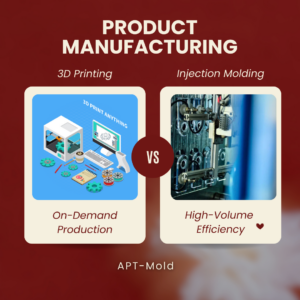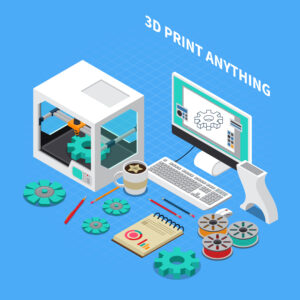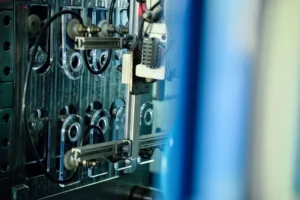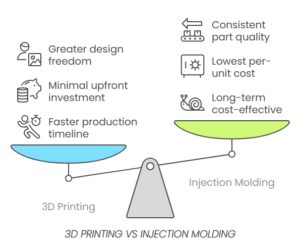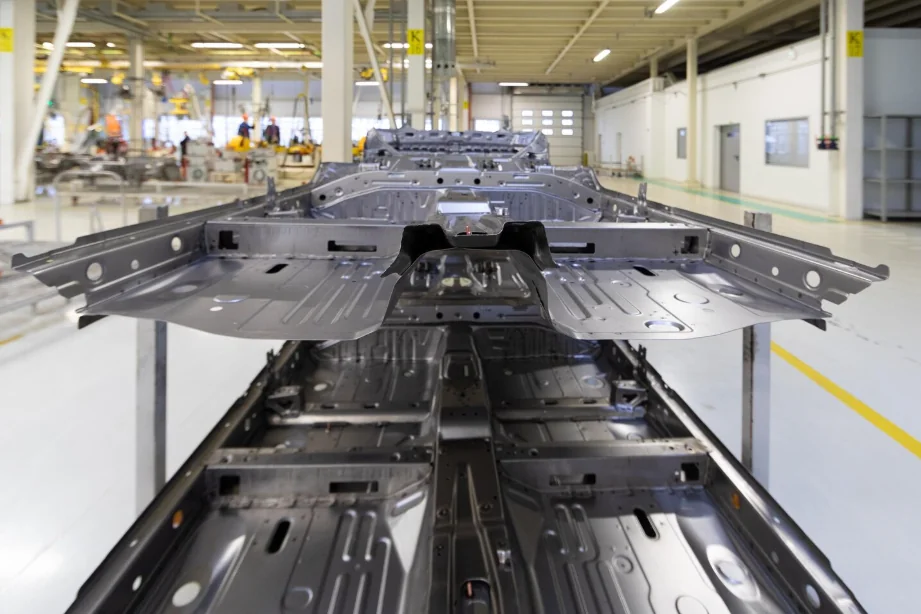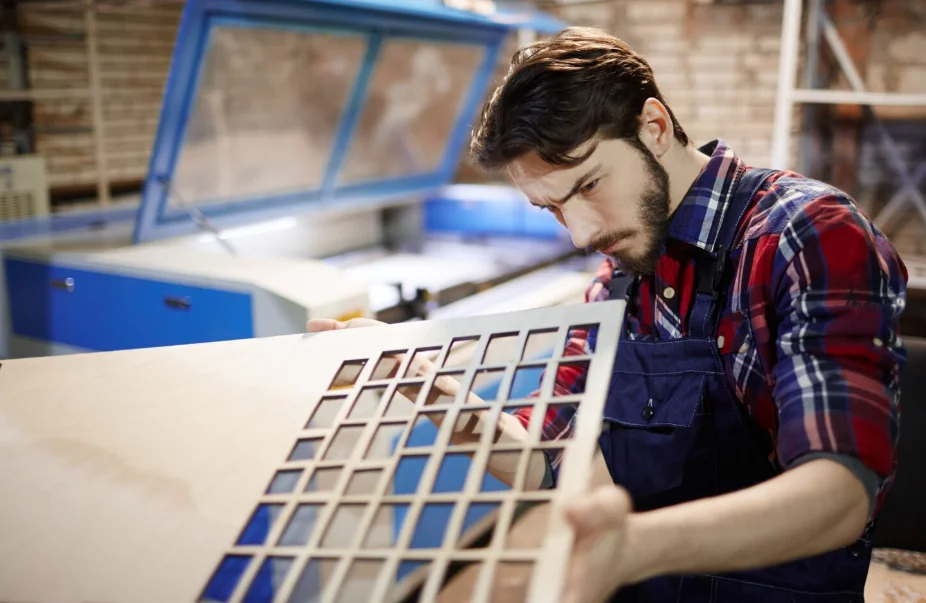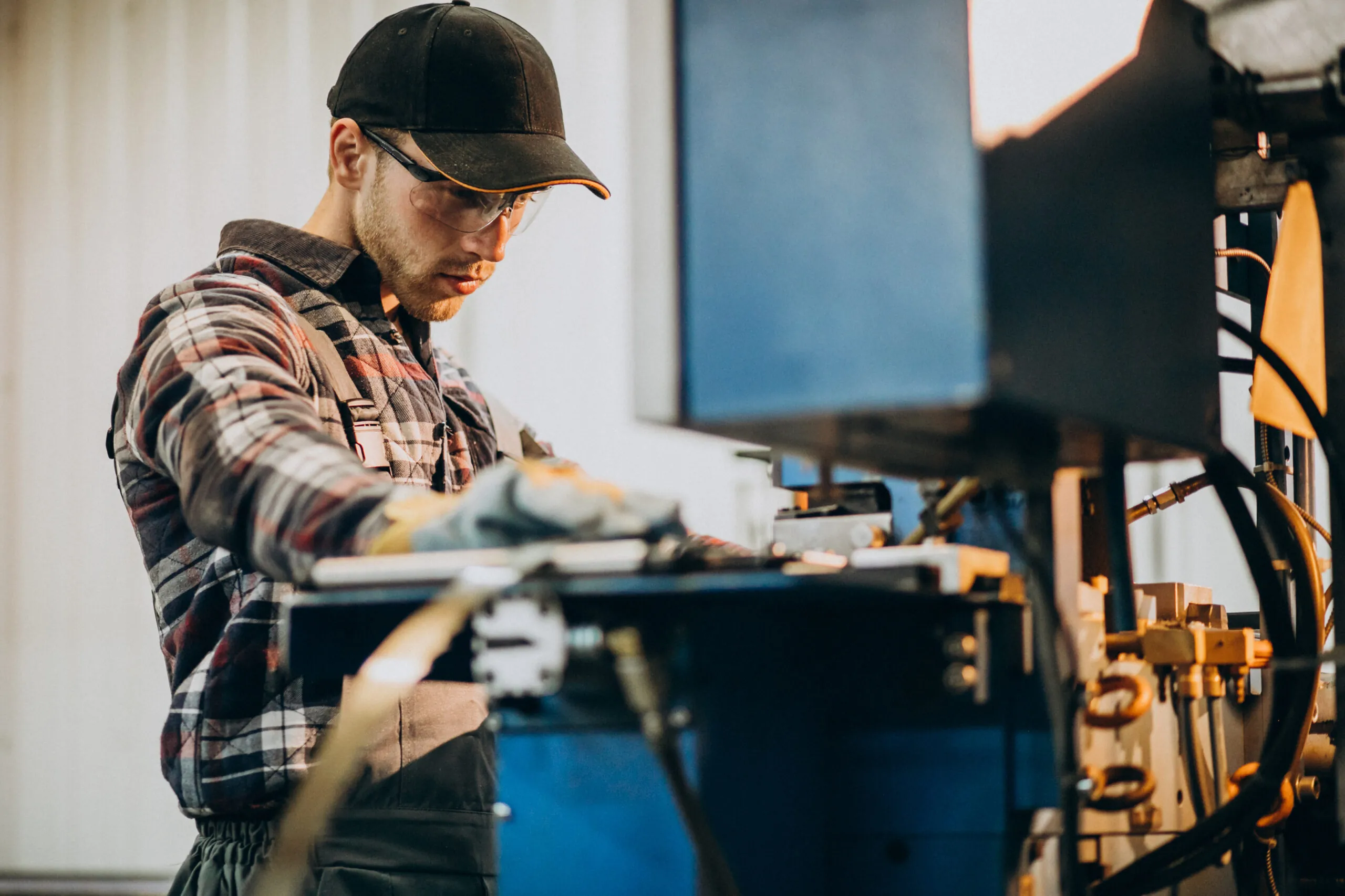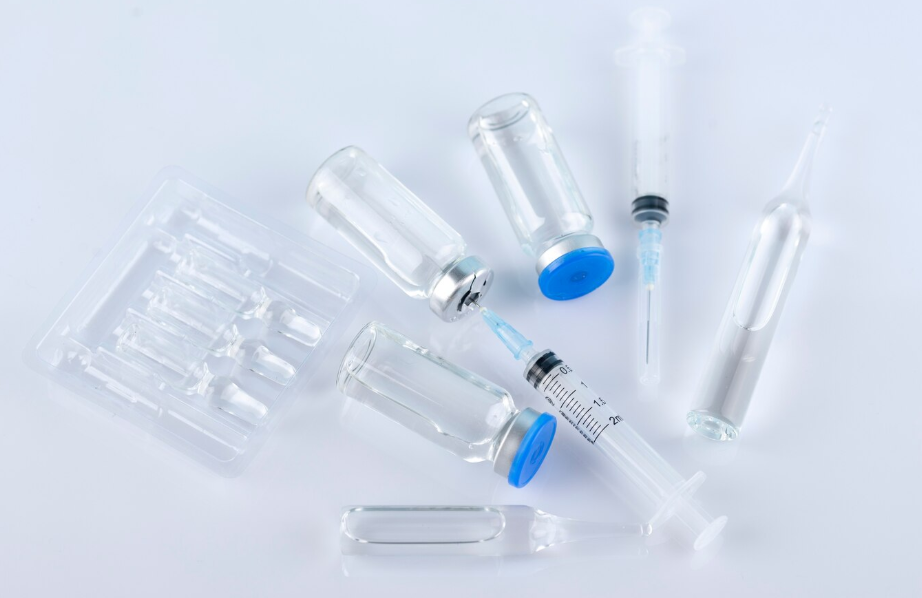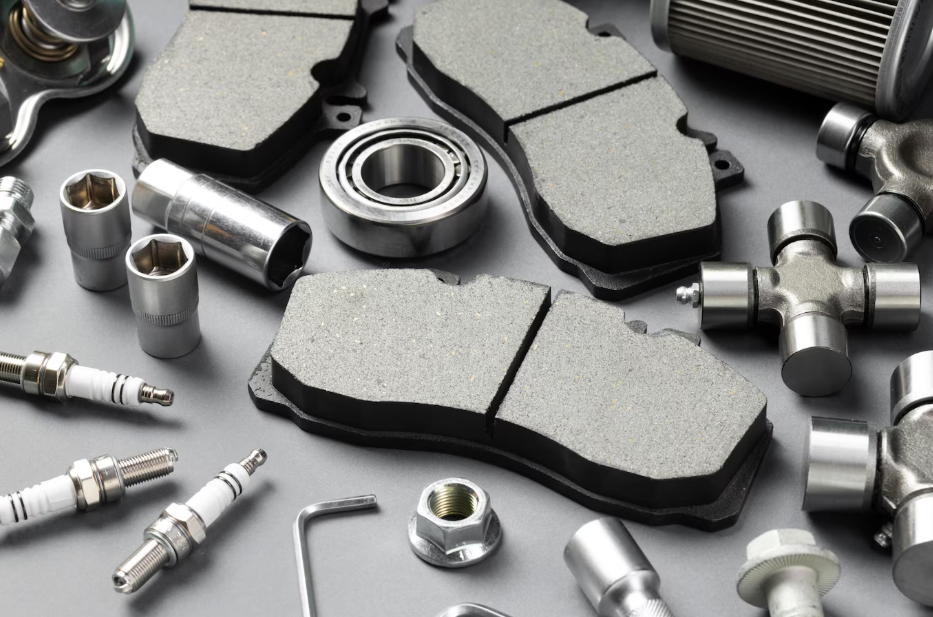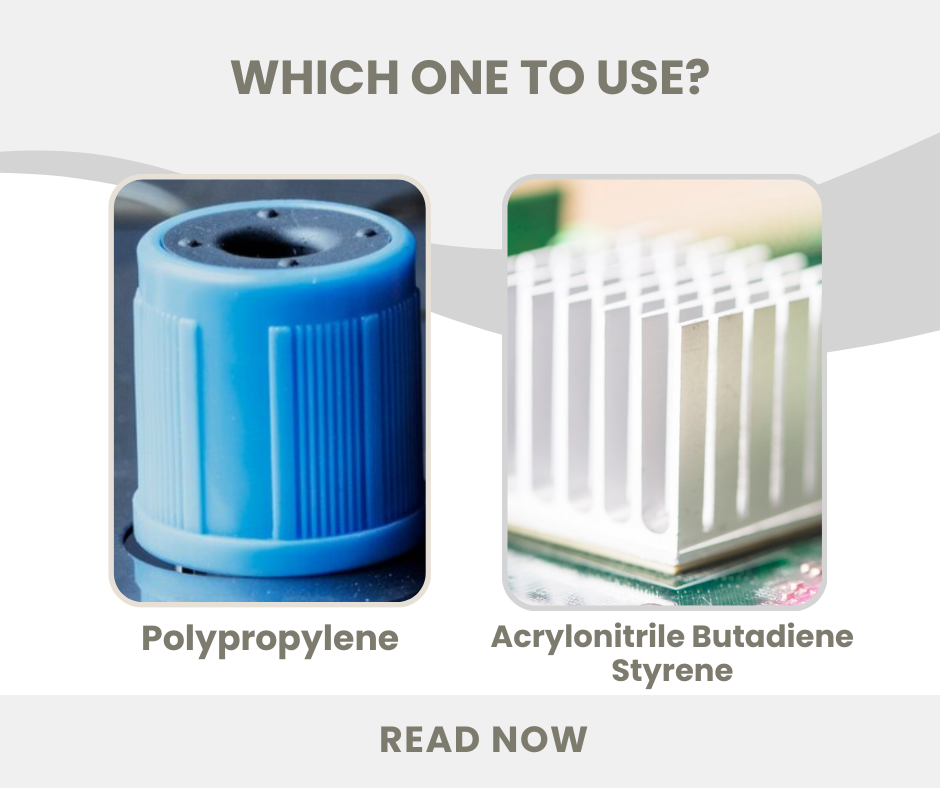3D printing and injection molding are the two major production methods available these days, each offering unique advantages for product development. This guide explores the difference between 3D printing vs injection molding, simplifying the selection process and helping you identify the ideal choice that aligns perfectly with your specific production goals.
Table of Contents
ToggleWhat is 3D Printing?
3D printing creates objects layer by layer from digital models, a method also known as additive manufacturing because the material is added rather than removed. With specialized machines and various materials, the process builds products with precision.
It features several key characteristics that make it stand out in the 3D printing vs injection molding comparison:
- Fast Prototyping:Enables the creation of functional prototypes within hours rather than weeks, making it ideal for plastic prototype manufacturing.
- Design Flexibility:Produces complex geometries impossible with traditional methods.
- Minimal Setup:Requires only digital files and appropriate materials.
- Low Startup Costs:Eliminates the need for expensive tooling before production begins.
- On-Demand Production:Prints only what you need when you need it.
3D printing serves many applications across multiple industries. The typical applications include:
- Low-Volume Production: Perfect for specialized products with limited quantities.
- Prototyping: Allows for rapid testing and iteration of designs before final production.
- Complex Geometries: Creates complex shapes that traditional methods can’t handle.
- Customized Products: Modifies designs for individual customers.
- Educational Models: Produces visual aids for teaching/demonstration.
(Copyright photo from https://www.freepik.com/free-vector/3d-printing-industry_6882889.htm#fromView=search&page=1&position=2&uuid=bbb35415-c772-45e1-a028-525b043b454e&query=3D+Printing+vs+Injection+Molding)
What is Injection Molding?
Injection molding is a manufacturing method that forces melted plastic into a custom mold cavity, where the material cools and hardens before the finished part is ejected. This process requires specialized equipment and tooling.
This mold-based, thermoplastic process has many attributes that make it shine in the 3D printing vs injection molding comparison. Its significant benefits for manufacturing operations include:
- High-Volume Efficiency: Produces thousands of parts daily with minimal downtime.
- Consistent Part Quality: Ensures that each part is identical to the last, maintaining uniformity.
- Cost-Effectiveness at Scale: Reduces unit costs dramatically as production volume increases.
- Material Versatility: Supports a wide range of plastic formulations to meet different application needs.
- Excellent Surface Finish: Creates smooth, polished products with minimal post-processing required.
- Tight Tolerances: Maintains precise measurements across large production runs.
Injection molding is suitable for many industries. Some of its common use cases include:
- Automotive Components: Dashboard elements, interior trim, and other vehicle parts.
- Medical Devices: Surgical tools, equipment housings, and implantable components.
- Consumer Electronics: Phone cases, computer parts, and appliance components.
- Household Items: Food containers, kitchenware, and other everyday products.
- Industrial Equipment: Functional parts for machinery and tools.
3D Printing vs Injection Molding: Key Differences
Both manufacturing methods have distinct advantages. Your project requirements will determine which approach makes more sense. This 3D printing vs injection molding comparison table examines these technologies across several important factors:
| Aspect | 3D Printing | Injection Molding |
| Production Volume | Best for low volumes (100 units or fewer) | Ideal for high volumes (1,000+ units) |
| Lead Time | 1-2 weeks (no tooling required) | Weeks to months (tooling development needed) |
| Unit Cost | Higher per unit, consistent regardless of quantity | Higher initial investment, but lower per-unit costs at scale |
| Design Flexibility | Excellent for complex geometries and customization | Limited by mold constraints and draft angles |
| Material Range | Growing selection but still limited | Extensive range of thermoplastics with varied properties |
| Surface Finish | Layer lines may be visible, require post-processing | Smooth, production-ready finish with minimal post-processing |
Which Method is Right for Your Project?
The 3D printing vs injection molding choice depends on several factors. Your project’s specific needs will guide your decision.
Factors to Consider
When evaluating your manufacturing needs, consider these key 3D printing vs injection molding determining factors:
Timeline Considerations
- Need parts this week? 3D printing is faster.
- Planning for long-term production? Injection molding offers better economics.
Budget Factors
- Limited capital? 3D printing requires minimal upfront investment.
- Seeking the lowest per-unit cost? Injection molding wins for large quantities.
Part Complexity
- Highly detailed or customized designs? 3D printing offers greater freedom.
- Standard parts with simple geometry? Injection molding delivers consistent results.
Recommendations for Common Scenarios
Choose 3D Printing for Rapid Prototyping and Small Batches
3D printing excels during development phases, allowing for rapid prototyping of designs and testing of multiple small batches or versions. Small production runs benefit from the flexibility of 3D printing, with the key advantage over injection molding being the lack of expensive tooling investment. Additionally, design changes can be implemented without any delay.
Choose Injection Molding for High-Volume Production and End-Use Parts
Injection molding becomes cost-effective at higher volumes, offering several advantages that make it a top choice in the 3D printing vs injection molding comparison. For instance, the initial tooling investment pays off with each additional unit. Parts maintain consistent quality throughout production runs. Surface finish with this manufacturing method is superior right from the machine. Not to mention mass production becomes significantly more affordable per unit.
Partner with APT-Mold for High-Quality Plastic Injection Molding Services
Choosing the right manufacturing process is just the first step. Finding the right partner is equally important. Specializing in prototype injection molding, APT-Mold helps automotive, medical, and electronics innovators transform designs into high-quality pre-production models with unmatched precision and reliability.
At APT-Mold, we empower companies to bring new ideas to market with our comprehensive and fast manufacturing services. Our brand has grown into a trusted manufacturer in Southern China, delivering over 4,000 projects to more than 300 customers worldwide. Our plastic injection molding services offer several key advantages. These include (but are not limited to):
- Advanced Technology: We utilize state-of-the-art equipment for precision and efficiency.
- Custom Solutions: Our engineering team adapts to your specific project requirements.
- Fast Tooling: We minimize lead times without compromising quality.
- Quality Assurance: Our ISO and IATF certifications guarantee excellence.
- Material Diversity: We work with a wide range of plastic formulations.
- Surface Finishing Options: We offer multiple finishing techniques for any application.
Visit our website to compare 3D printing vs injection molding. Explore our services and get a personalized quote within 24 hours. Let’s bring your project to life with precision and quality!

